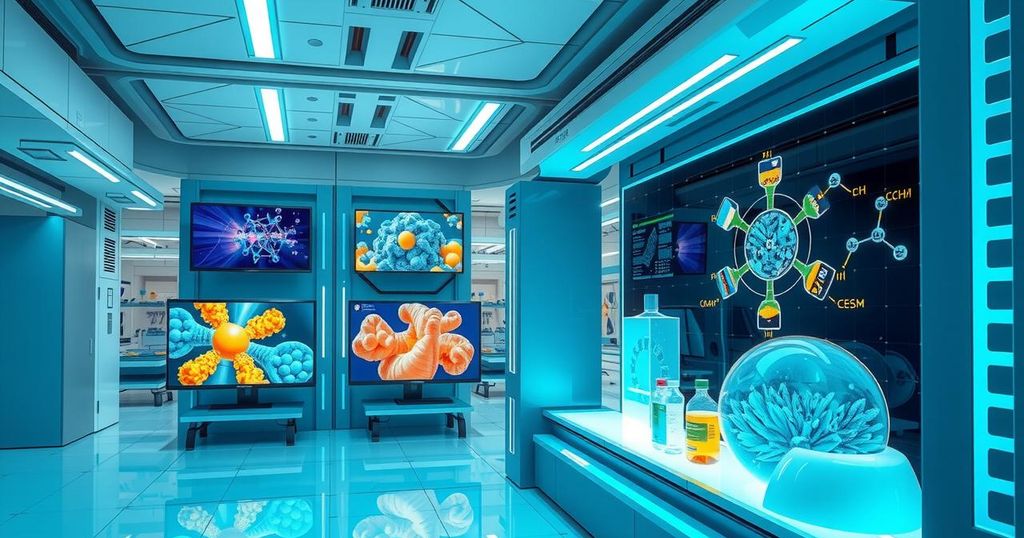AI Accelerates Discovery of New Battery Material in Microsoft’s Quantum Breakthrough
Microsoft’s Quantum team used AI to screen over 32 million materials to discover a new type of battery. Partnering with PNNL, they identified a new candidate that requires 70% less lithium, which could revolutionize battery technology. This process illustrates the massive potential of AI in speeding up scientific discovery and fostering sustainable solutions.
Microsoft’s Quantum team is making waves in scientific research, using AI to sift through an astounding 32 million potential materials to identify candidates for a new type of battery. This initiative marks a significant step forward in harnessing AI for impactful scientific discovery, aiming to revolutionize battery technology and other critical fields.
The Azure Quantum Elements platform, launched specifically for scientific exploration, combines AI with cloud computing and the potential future of quantum computing. Collaborating with organizations like Johnson Matthey and AkzoNobel, they demonstrated the power of AI in material discovery this past June, which promised a faster, more efficient approach to developing new technologies.
In August, the Microsoft team published results showing how advanced AI models screened millions of materials, resulting in over 500,000 viable candidates. However, it’s not just about finding candidates; the real challenge lies in pinpointing a material with the ideal properties—akin to searching for a needle in an expansive haystack. The labor-intensive and costly investigations that usually follow could take lifetimes.
This is where AI shines. By teaming up with the Pacific Northwest National Laboratory (PNNL), Microsoft accelerated the discovery process significantly, trimming it from years to mere days. They successfully identified a new, previously unknown material that holds promise for creating resource-efficient batteries, which PNNL then synthesized and tested to show its properties.
Why does this matter? Solid-state batteries, which the new material represents, are considered safer and denser than their liquid lithium counterparts. Plus, lithium is a precious resource, often fraught with mining challenges and environmental concerns. A battery demanding up to 70% less lithium could prove a game-changer for both the environment and the economy.
Microsoft’s initiative combines AI with pioneering research on new battery materials, demonstrating the potential of technology to expedite the scientific discovery process. Collaborations like those with PNNL showcase how AI can reduce research time from years to days, spotlighting a future filled with sustainable energy solutions. As researchers continue to explore this uncharted territory, the synergy of AI and materials science stands to ignite an unprecedented wave of innovation in the coming years.
Original Source: azure.microsoft.com




Post Comment